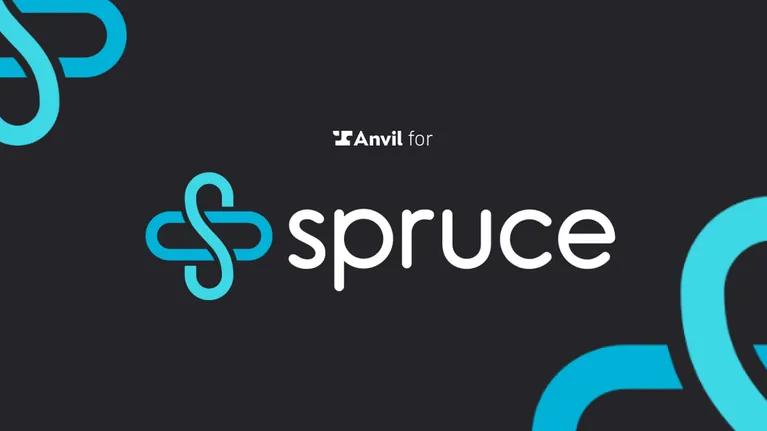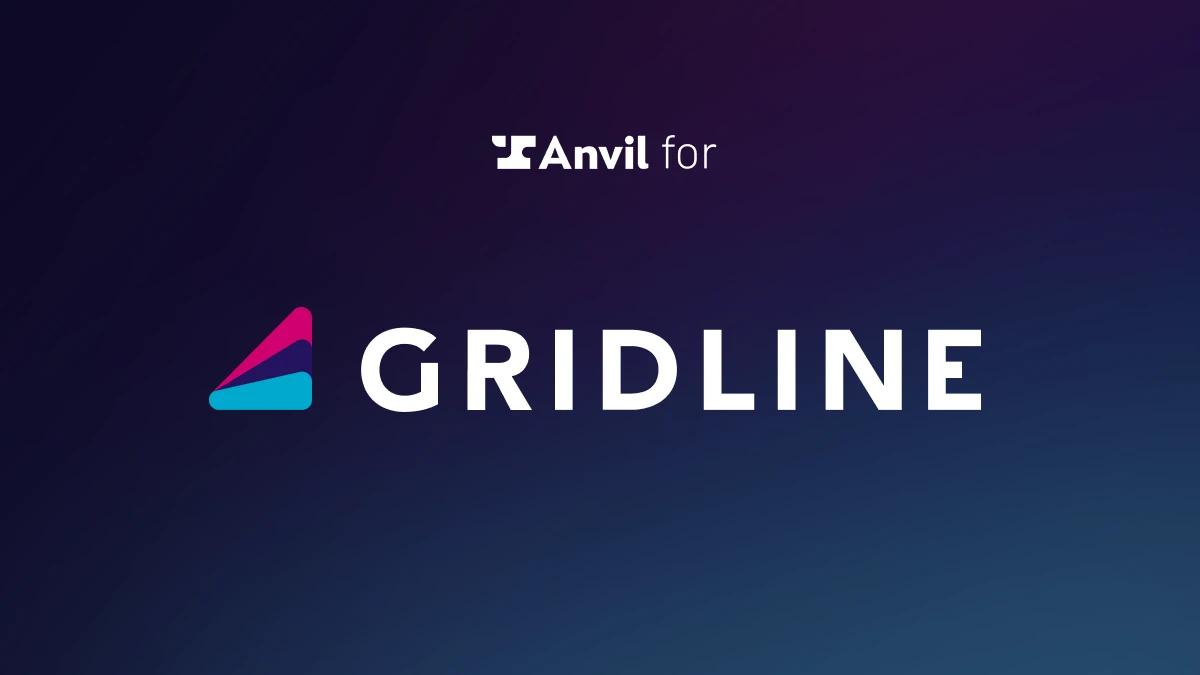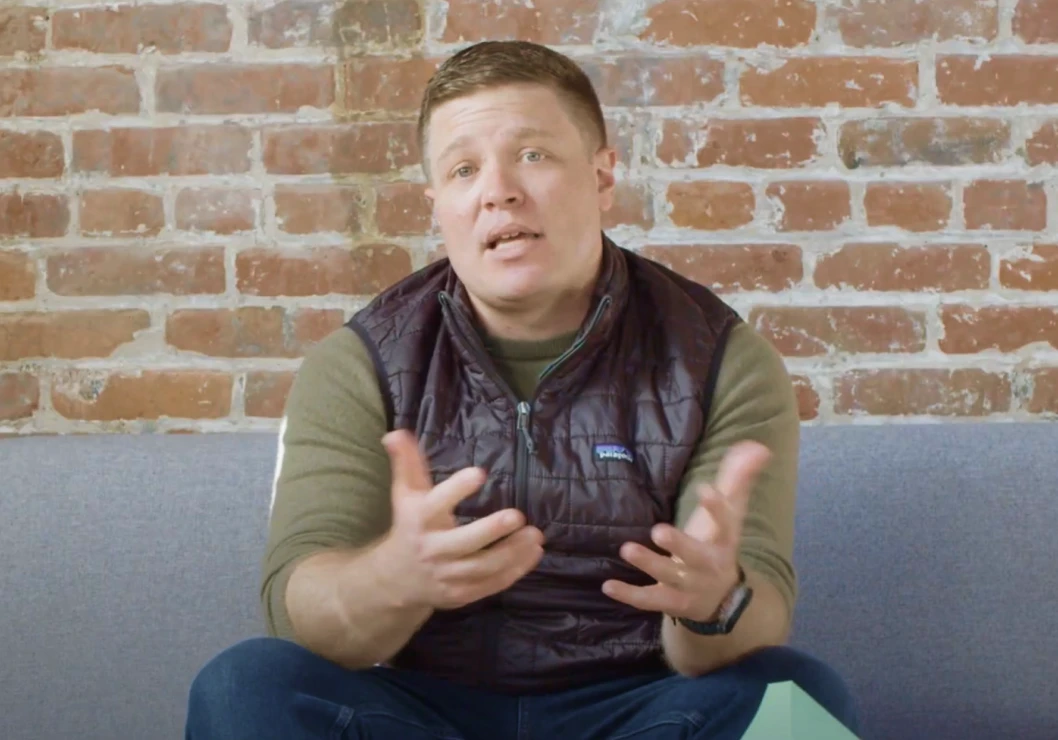API-fillable template in seconds
Embed & customize any financial paperwork or e-sign experience
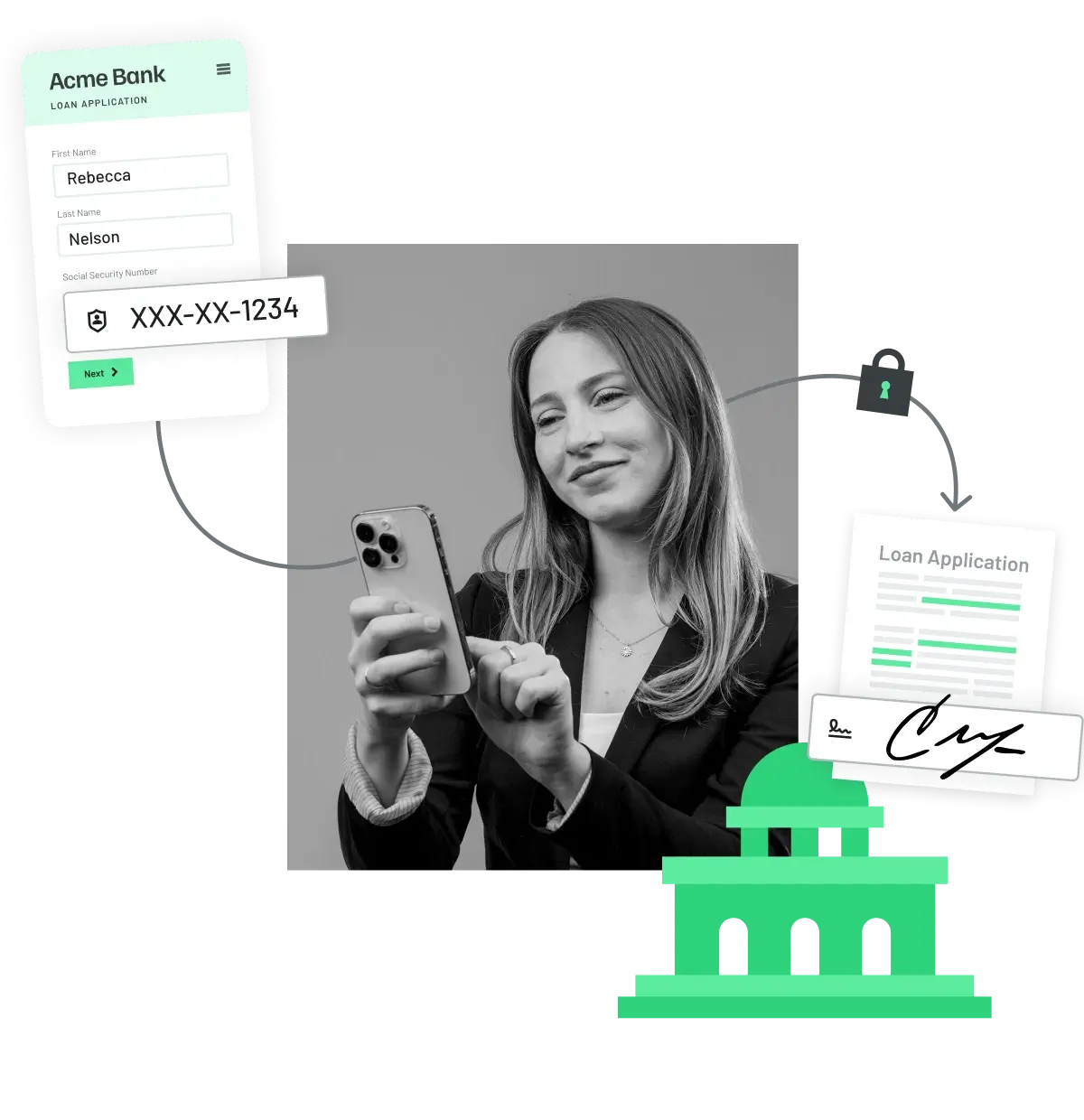
Companies we've helped
Financial services run on complex, process-heavy document flows.
A developer-first platform to automate any insurance paperwork process
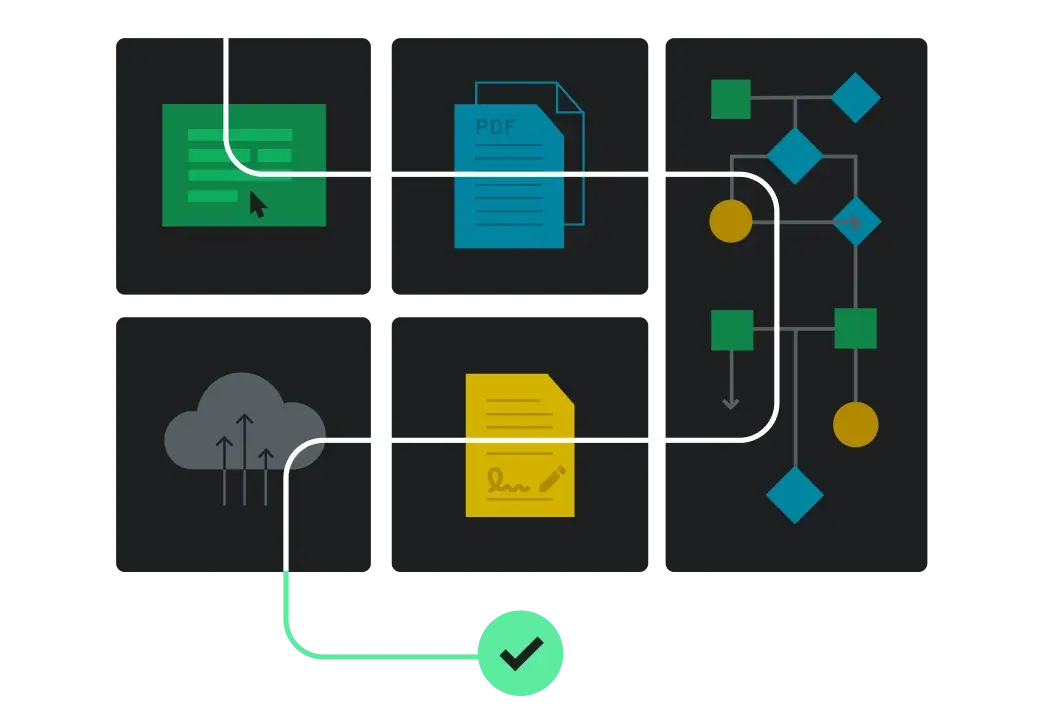
Own your user experience
Why product teams love Anvil
Get started with prebuilt PDF templates
Start building with Anvil
FAQs
Yes. Anvil can dynamically determine which questions are asked in a webform and which PDFs get filled, style the entire form filling experience with CSS, determine the order in which e-signatures are elicited, and even format the output of the final documents. If you find something not customizable, let us know.
Paperwork is table-stakes for many businesses but carries an opportunity cost for developers working on core, differentiated features. Our SDK jumpstarts the software development process for documents so you can launch new products faster, saving your engineers months of document-related development time.
It depends on a number of variables (such as the number of developers resourced for building in-house, their salaries, etc.), but we’ve observed customers reducing costs, including time saved, on the order of 3x up to 10x.
Yes, Anvil provides much more flexibility than your typical webform builder. You can easily add basic logic, or use Anvil’s Advanced Editor to create custom javascript for complex logic, calculations, selecting forms.
Anvil takes protecting sensitive data very seriously. We are SOC2 Type 2 compliant, and we use bank grade encryption for data in transit and in storage. We also offer enterprise level features like audit logs and SSO. Our system is trusted by fortune 500 financial services companies and leading fintechs.
Yes! Anvil allows you to customize the data-collection questions you want to ask your clients. We even have a pre-built file upload field that allows anyone to upload documents like drivers licenses, trust documents or other documents needed for KYC.
Compliance rules and processes can be encoded into Workflows so that we can ensure every step is followed, all required documents are generated and that the information is correct.
Anvil also provides detailed logging for every action taken inside of Anvil so that every action can be traced.
Get a demo
(from a real person)
Secure, compliant, reliable
Anvil uses digital certificates, specifically the industry-standard Public Key Infrastructure (PKI) framework, for identity verification in document signing. This involves creating a pair of certificates – public and private. Read more






